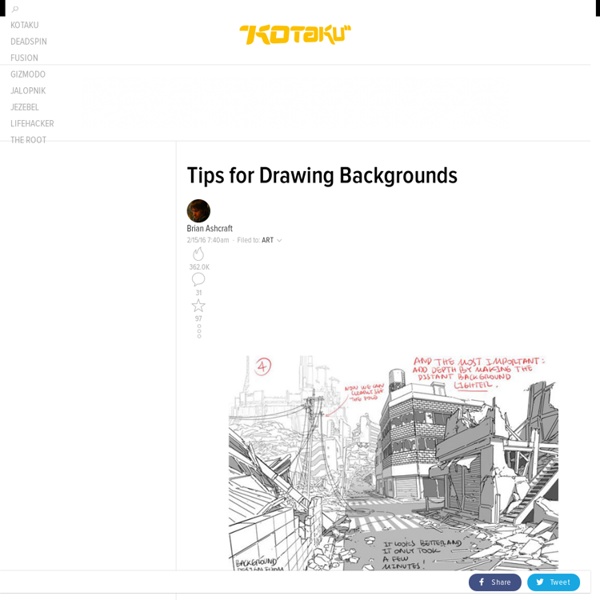



In the pale moonlight How To Write A Comic Book Script and Other More Important Things Email A plethora of resources both online and offline will teach you exactly how to write a screenplay but good luck trying to learn how to write a comic book script. Though comic writers who work for the big publishers typically format their comic book scripts similarly to screenplays, there is still no official industry standard. And if you write your own independent comics—either webcomics or print—you have even more freedom with your script’s format. After all, you are the only one who ever has to use it. Working with separate members of a team requires a tighter, more standardized approach if the writer’s intent is to be fully realized by the artists. We’ll begin with a pseudo-standard approach to comic book script writing. And to show you what this looks like, we (Lora and Chris) provided samples of our comic scripts via the links below. Our regular readers won’t be surprised to hear us say that there is no point in starting a comic script unless you have addressed these 5 things.
untitled See how Deadpool's sole creator was able to work with D-Listers and janitors to create one of the most popular comic book heroes of all time! Source: Ali Jaffery the Hunk Longtime fans of comics are familiar with a little something called "Wally Wood's 22 Panels That Always Work," a collection of panels the lazy comics legend used to avoid having to come up with new ideas when drawing funny books. The 22 panels have been used as a reference by artists on how to add variety to panels featuring lots of boring words and stuff for decades. But enough about Wally Wood! We sent artist Ali Jaffery the Hunk to break into Liefeld's Hollywood mansion in the middle of the night and steal anything that wasn't bolted to the floor, and Ali came back with one of the greatest historical discoveries in the history of comics: "Rob Liefeld's 22 Panels That Always Work!!" Support our sponsors: We get it. More articles from Jude Terror
Comic Fonts and Lettering Comic Script Basics By Nate Piekos As a letterer, I see a lot of scripts from a lot of different writers. Above all else, simplicity and specificity are what make for the best form. When I started thinking about putting together an article, the work of Fred Van Lente sprung to mind as probably the best example of script writing that I currently work with. Below, you'll see a page of Fred's script, written in MS Word, (the industry standard) that has numbered bullets corresponding to a breakdown, below. 1) A page header with the book title, number and writer's name. 2) Each new script page should begin on a new document page. 3) Panel numbers almost as bold and clear as the page number. 4) Panel descriptions for the most part don't have to be that lengthy unless it's really necessary. 5) Also, the digital age has given us the greatest source of reference that comic creators have ever had access to. 6) Under each panel description is the lettering area. CHARACTER (WHISPER), self-explanatory.
How to Make a Comic Book MOOC Subreddit